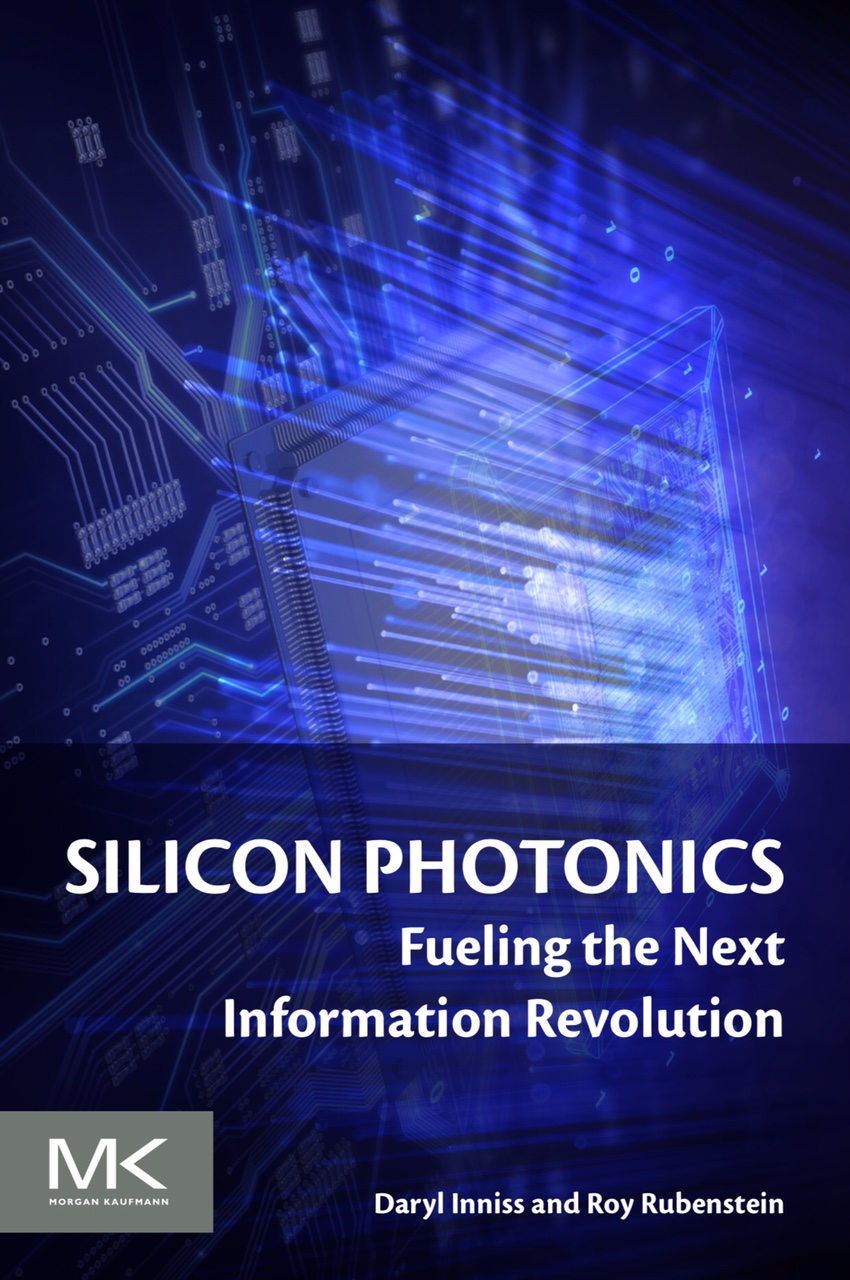Nokia jumps a class with its PSE-6s coherent modem
 Friday, February 17, 2023 at 8:34PM
Friday, February 17, 2023 at 8:34PM - The 130 gigabaud (GBd) PSE-6s coherent modem is Nokia's first in-house design for high-end optical transport systems
- The PSE-6s can send an 800 gigabit Ethernet (800GbE) payload over 2,000km and 1.2 terabits of data over 100km.
- Two PSE-6s DSPs can send three 800GbE signals over two 1.2-terabit wavelengths
Nokia has unveiled its latest coherent modem, the super coherent Photonic Service Engine 6s (PSE-6s) that will power its optical transport platforms in the coming years.

The PSE-6s comes three years after Nokia announced its current generation of coherent digital signal processors (DSPs): the PSE-Vs DSP for the long-haul and the compact PSE-Vc for the coherent pluggable market.
Nokia is only detailing the PSE-6s; its next-generation coherent modem for pluggables will be a future announcement.
Nokia will demonstrate the PSE-6s at the upcoming OFC show in March while field trials involving systems using the PSE-6s will start in the year's second half.
 1830,
1830,  Nokia,
Nokia,  PSE-3,
PSE-3,  PSE-5s,
PSE-5s,  PSE-6s,
PSE-6s,  Serge Melle,
Serge Melle,  coherent DSP,
coherent DSP,  coherent optics in
coherent optics in  OFC 2023,
OFC 2023,  silicon photonics
silicon photonics  Print Article
Print Article 







